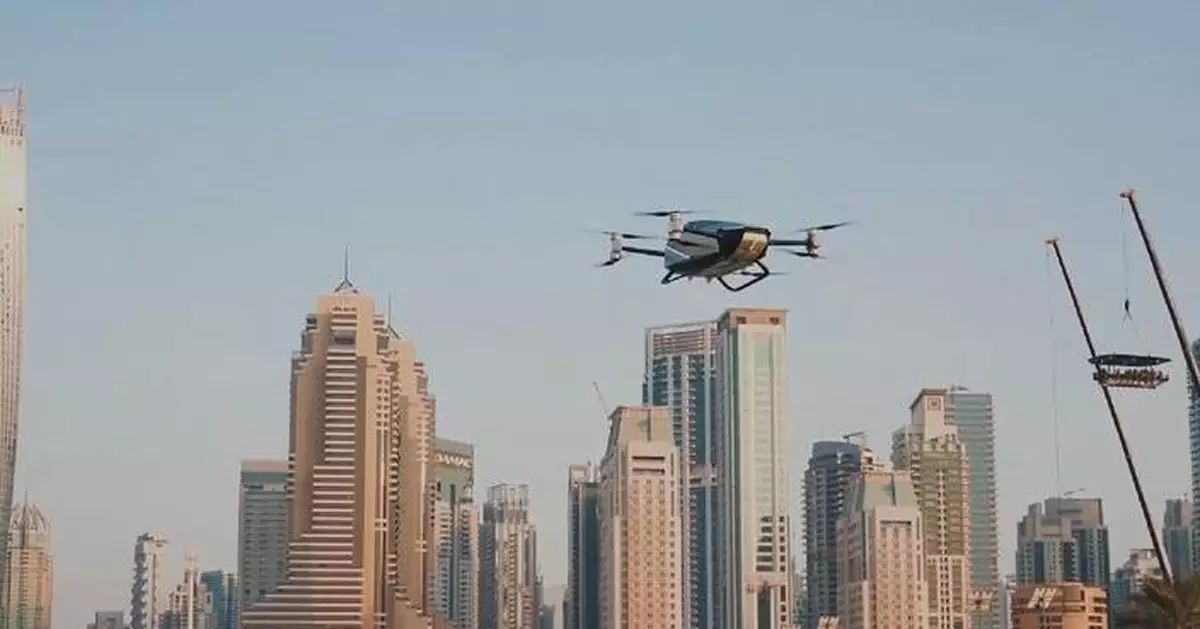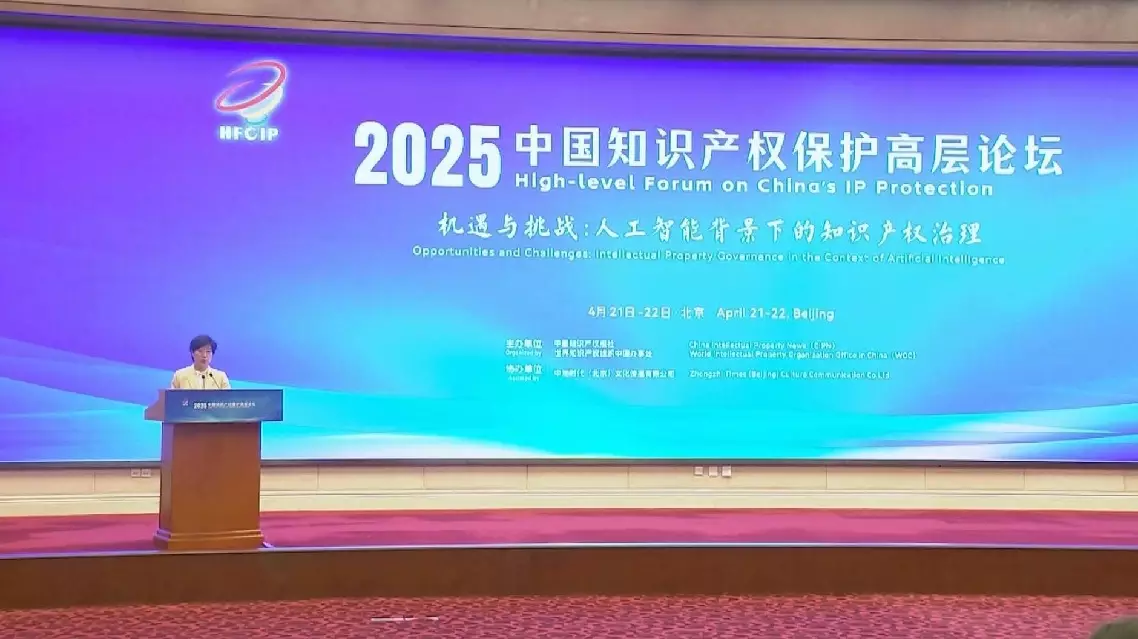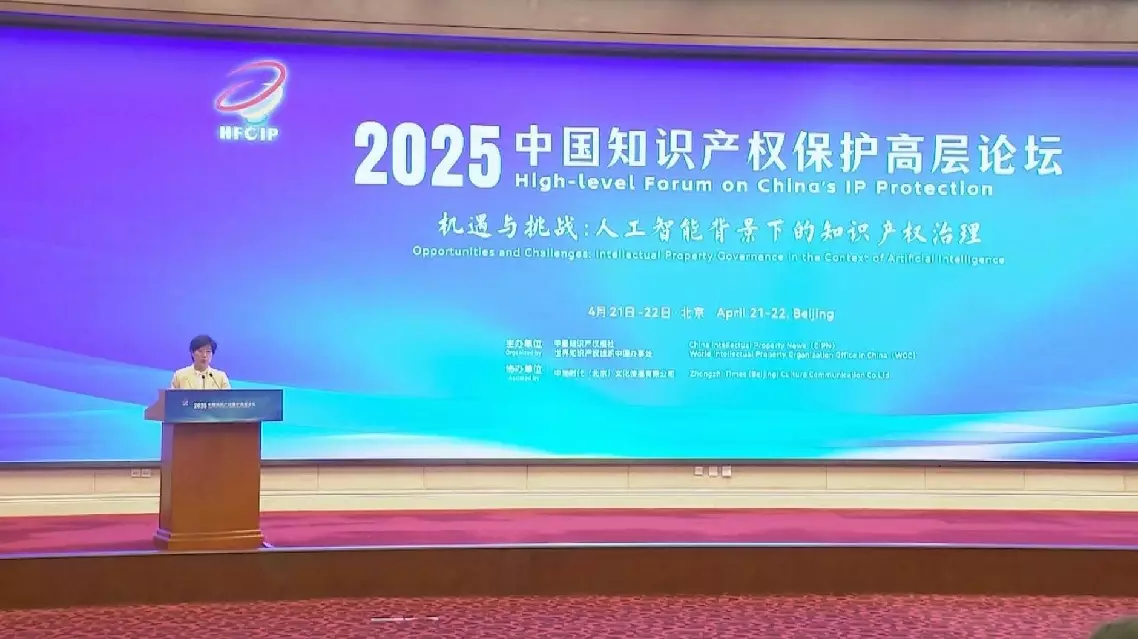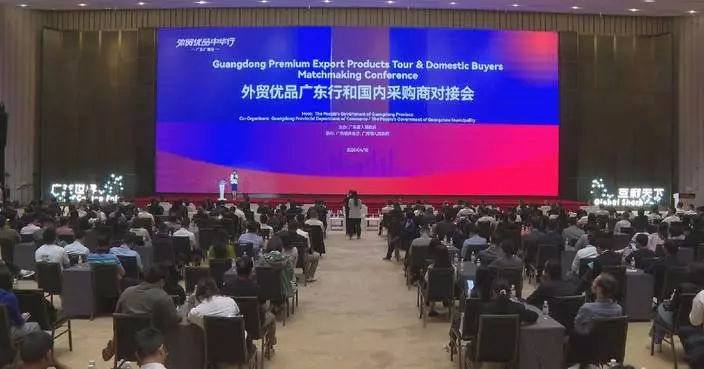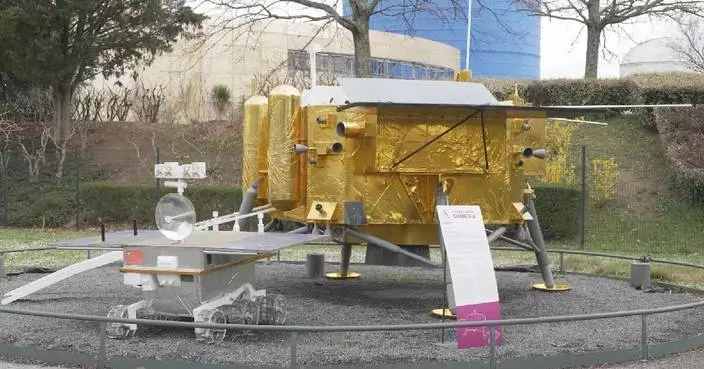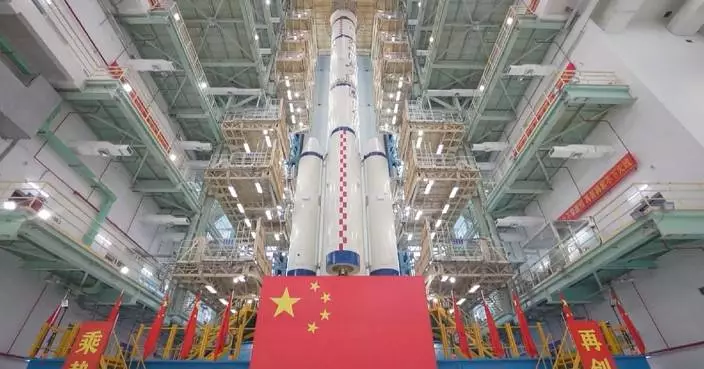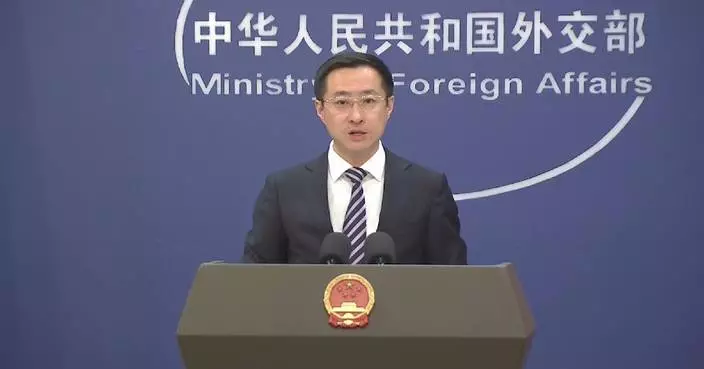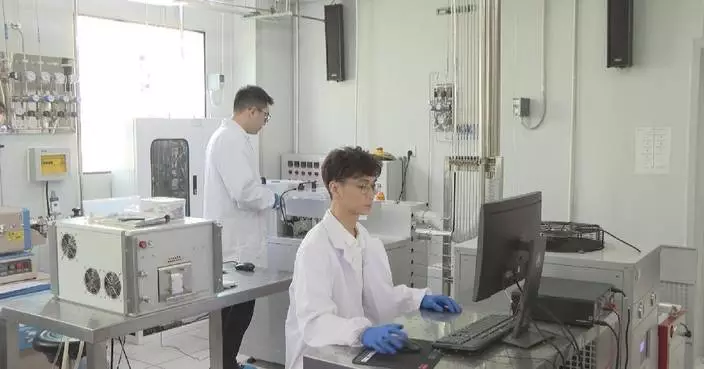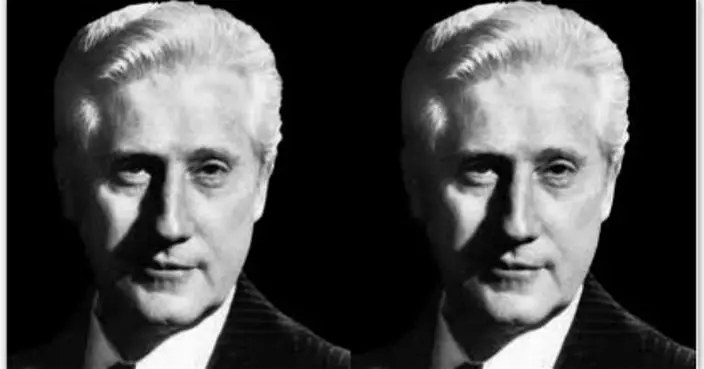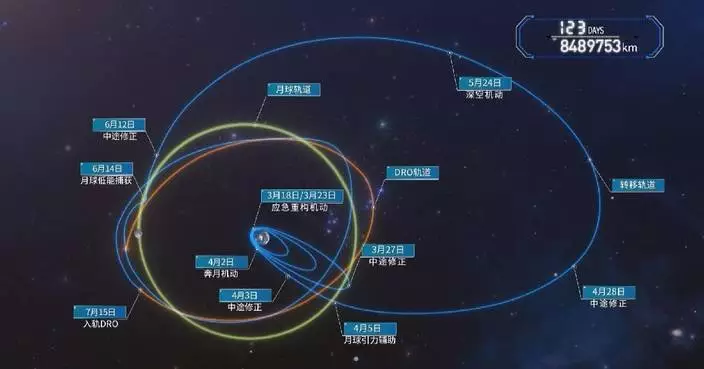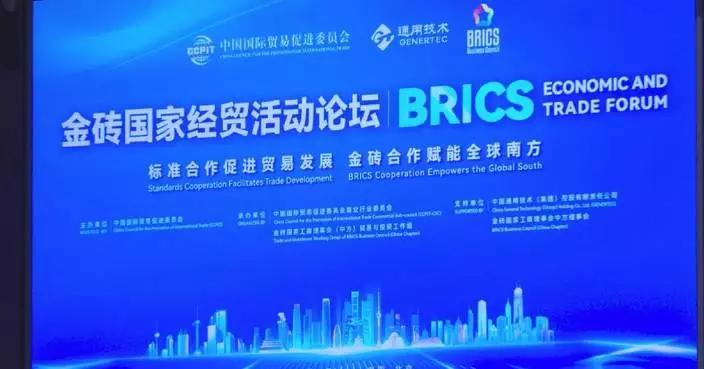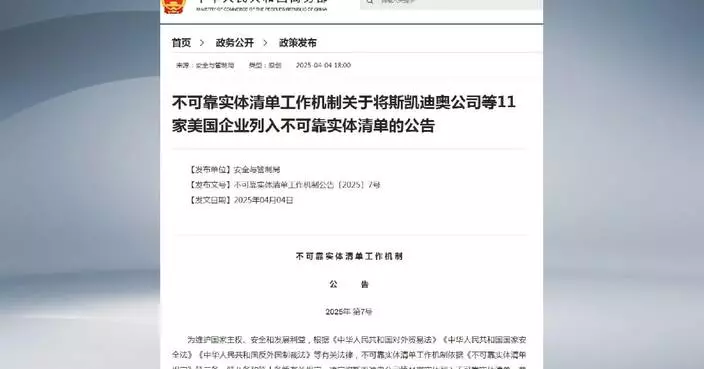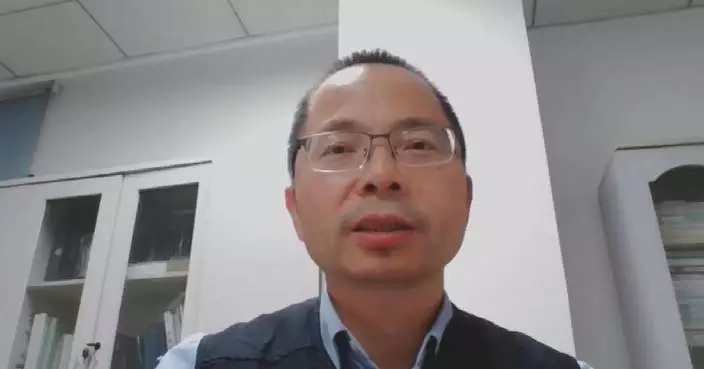In a recent interview, Zhao Deli, founder of a Chinese flying car company, expressed his confidence in China’s potential to lead the burgeoning field of electric aviation.
XPeng AeroHT, a Chinese electric vertical take-off and landing (eVTOL) flying car company and a subsidiary of EV company XPeng Motors, is at the forefront of developing flying cars that promise to revolutionize urban transportation, according to Zhao, who added that the company's quest for the commercialization of flying cars is poised to inject new vitality into the low-altitude economy.
China has witnessed a boom in the EV sector with its well-established new energy supply chain and the wealth of engineering expertise. As the industry futher advances in such technologies as battery and autonomous driving, Zhao predicted an even more transformative future with flying cars as the next big leap for the industry.
"Reflecting on the past decade of new energy vehicle development, you can imagine a future where cars no longer require steering wheels. Where will car manufacturers direct their focus then? Indeed, this prompts me to consider the potential evolution of automobiles beyond autonomous driving. With high probability, they will sprout wings," said Zhao.
This innovative vehicle is gradually overcoming regulatory and technical barriers, and it is expected to achieve commercial application in specific cities and scenarios in the future, according to Zhao.
Driven by a huge passion for flight, Zhao embarked on a personal journey that led him to explore the commercialization of flying cars.
His initial experiences with helicopters and delta wings ignited a profound sense of freedom and exhilaration, leading him to believe that this transformative experience should be accessible to a wider audience.
Zhao started the development of low-altitude manned aircraft in 2016. After countless test flights, his vision materialized in 2018 with the successful maiden flight of the first-generation flying car prototype.
After years of development, Xiao Peng AeroHT's flying car now boasts multiple propellers, redundant flight systems, backup batteries, and a full-vehicle parachute, ensuring safe landings even in the event of system failures, according to Zhao.
"Our flying car will be equipped with six or eight propellers, ensuring safe emergency landings even if one or two propellers malfunction. We have implemented redundancy measures, including triple-redundant flight control and navigation systems. Even if one system fails, another will seamlessly take over within milliseconds. The simultaneous failure of all three systems is virtually impossible. Additionally, our battery packs are also backed up. During normal operation, both battery packs work in tandem. However, in the event of a single battery failure, even if it starts emitting smoke, we have safeguards in place to prevent ignition. The remaining battery pack will immediately assume full power, enabling a safe landing. As a final layer of protection, we have incorporated a full-vehicle parachute. Even if all other systems fail, the parachute ensures a safe descent, minimizing the risk of injury to passengers," said Zhao.
Shenzhen has emerged as a frontrunner in the burgeoning low-altitude economy, meticulously establishing a grid-based management system for various aerial applications. From drone deliveries and inspection flights to the future of flying cars, the city has charted a comprehensive roadmap for safe and efficient airspace utilization, said Zhao. He added that this year, it is expected to witness a multitude of innovative aerial scenarios taking to the skies in Shenzhen, Guangzhou, Hefei, and other pioneering cities.
While China takes the lead in fostering its low-altitude economy as a strategic emerging industry, a global race for aerial dominance is unfolding. From the United States and Europe to Japan and South Korea, nations worldwide are actively strategizing their own low-altitude economic development.
But Zhao believes that China's robust new energy supply chain and talented workforce will position the country as a leader in the global electric aviation industry within the next decade.
"In the nascent field of electric aviation, Europe and the United States are starting roughly on par with China. However, this novel domain eliminates the reliance on traditional engines. We can take advantage of China's new energy supply chain and the talented engineers nurtured within it. Moreover, the Chinese workforce is renowned for its diligence. Therefore, I am confident that with our combined efforts, China will maintain its leading position in electric aviation within the next decade," said Zhao.

China's flying cars ready for a new era of low-altitude economy: Xpeng Aeroht founder


